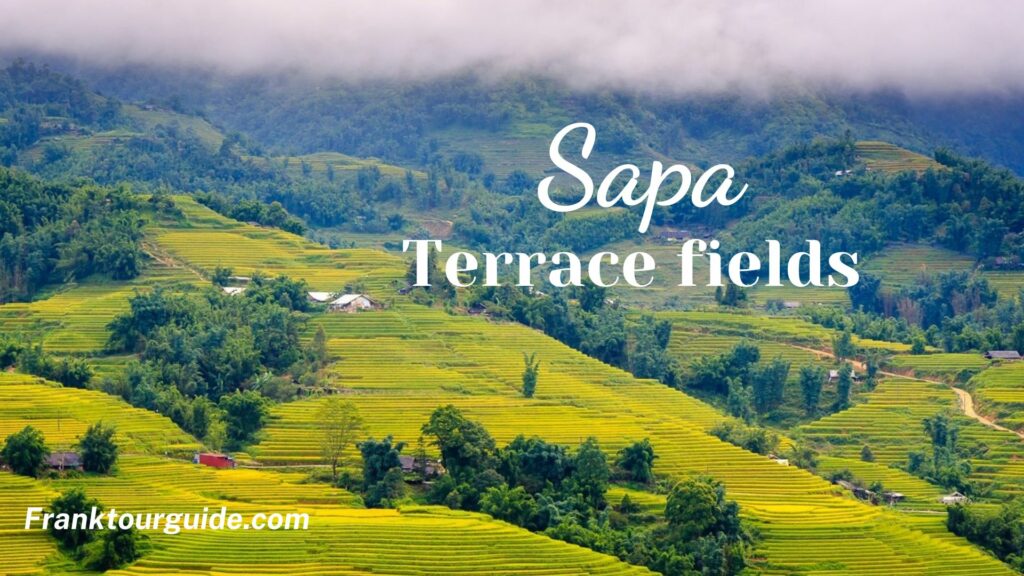Terrace Field Sapa are one of the first images that come to mind when people think of Sapa – breathtaking layers of green and gold cascading down the mountainside like a giant staircase crafted by nature. These iconic fields are not only a photographer’s dream but also a living testament to the harmony between humans and nature in Northern Vietnam.
1. A Masterpiece Carved by Time and Tradition
The Sapa rice terraces are mainly cultivated by the Hmong, Dao, and other ethnic minorities who have lived here for centuries. Instead of clearing forests for flat farmland, they ingeniously carved the hills into stepped plots to grow rice and corn.
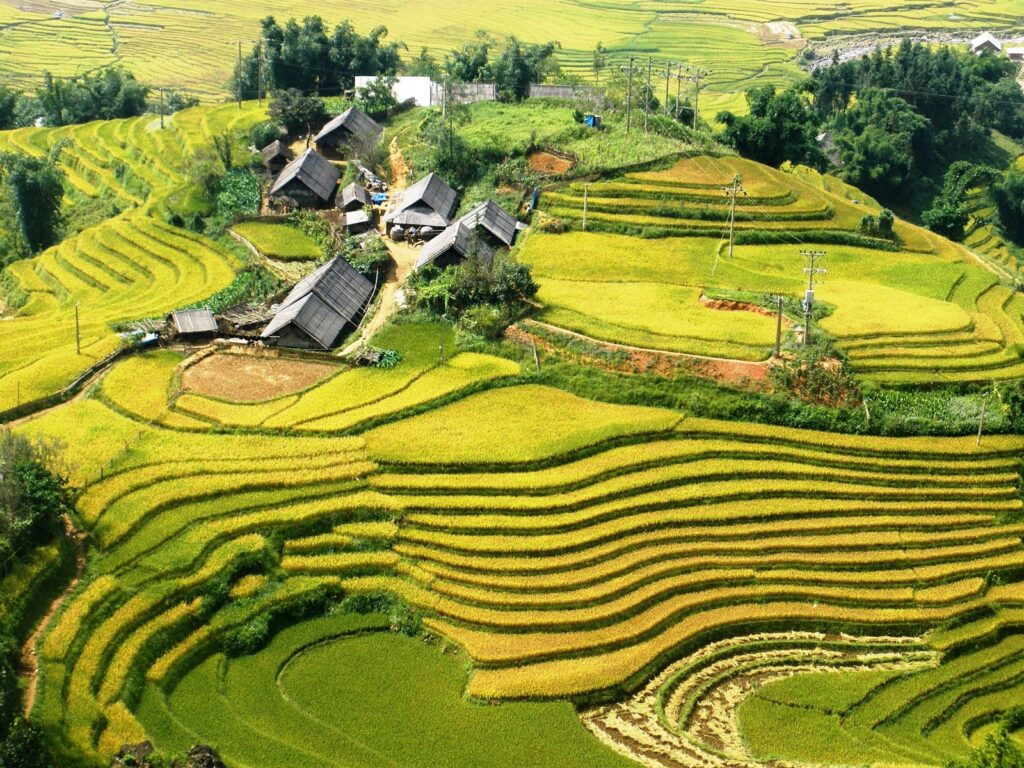
In spring, the fields glisten like giant mirrors under the sunlight. In summer, they turn into lush green carpets. By September and October, the golden harvest season transforms Sapa into a dazzling landscape that attracts travelers from around the world.
Many visitors say that trekking in Sapa during harvest season feels like walking through a real-life painting.
2. Best Time to Visit Terrace Field Sapa
The beauty of Sapa rice terraces changes with the seasons, so choosing the right time is essential:
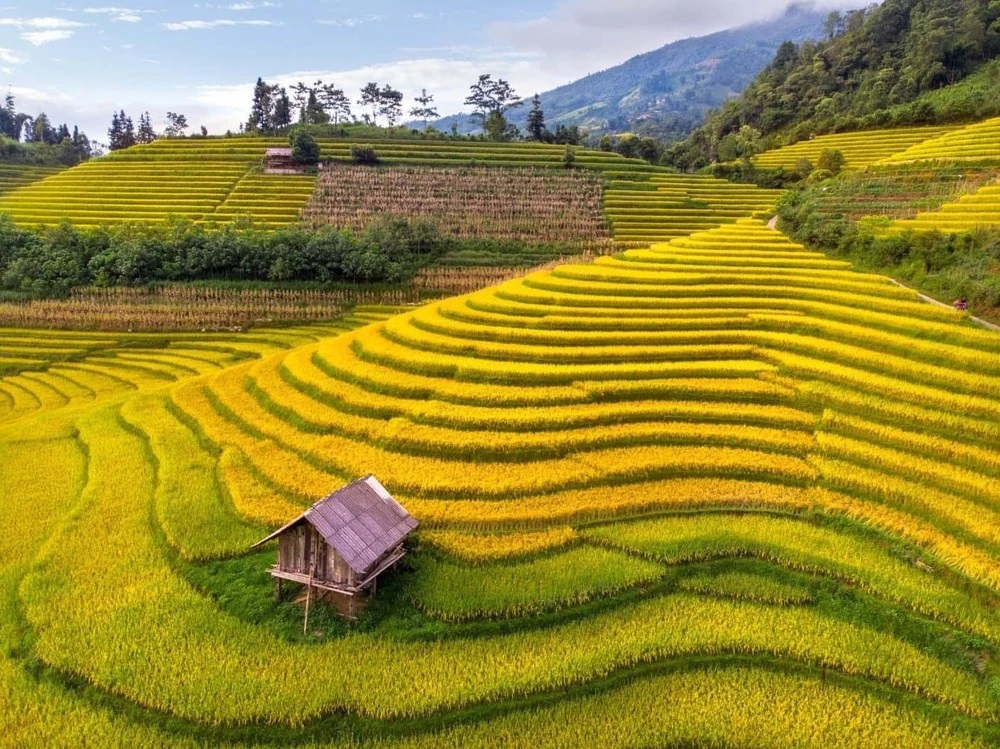
-
April – May: Water pouring season. Local farmers flood the fields to prepare for planting. The terraces shimmer under the sun, creating spectacular reflections.
-
June – August: Growing season. The fields are lush green and perfect for photography.
-
September – early October: Harvest season. The terraces turn golden yellow – the most famous and photogenic time to visit.
-
Late October – March: The fields rest, but the mountains may be dusted with snow, giving Sapa a completely different charm.
For many travelers, the best time to visit Sapa is September, when the weather is cool, the skies are clear, and the rice terraces are at their peak beauty.
3. Where to See the Most Stunning Terrace Fields
Sapa is surrounded by numerous villages and valleys, each offering its own unique terrace views:
-
Muong Hoa Valley – One of the largest and most beautiful valleys, stretching for kilometers with impressive terraces and small streams.
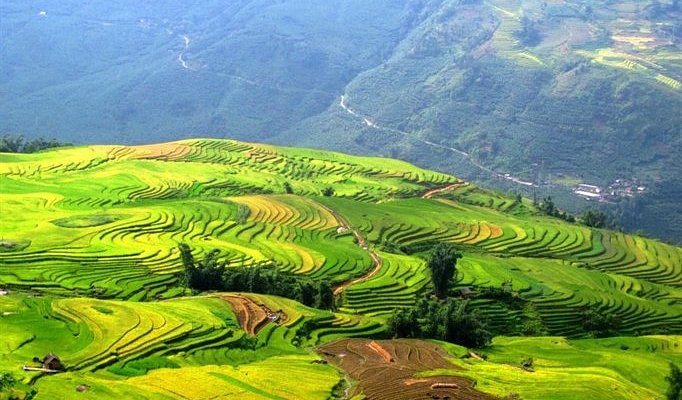
-
Ta Van Village – Known for its friendly Giay people and homestays overlooking the rice fields.
-
Lao Chai Village – Offers sweeping views of golden terraces in harvest season.
-
Y Ty – A more remote area with dramatic landscapes and less crowded fields, perfect for adventurous travelers.
-
Cat Cat Village – Easily accessible from Sapa town, though more touristy.
If you’re planning trekking in Sapa, combining these villages into a multi-day hike will give you the full terrace field experience.
4. The Cultural Side of Sapa’s Terrace Fields
These terraces are more than just a tourist attraction – they are a vital part of local life. Every stage of rice cultivation, from planting to harvesting, involves traditional methods passed down for generations.

Visiting during planting or harvest season gives you a chance to see local farmers working together, wearing colorful traditional clothes. You can also join in, try planting rice by hand, or learn about other crops like maize and medicinal herbs.
5. How to Explore – From Easy Walks to Challenging Treks
You don’t need to be a hardcore hiker to enjoy the terrace fields in Sapa. There are options for every level:
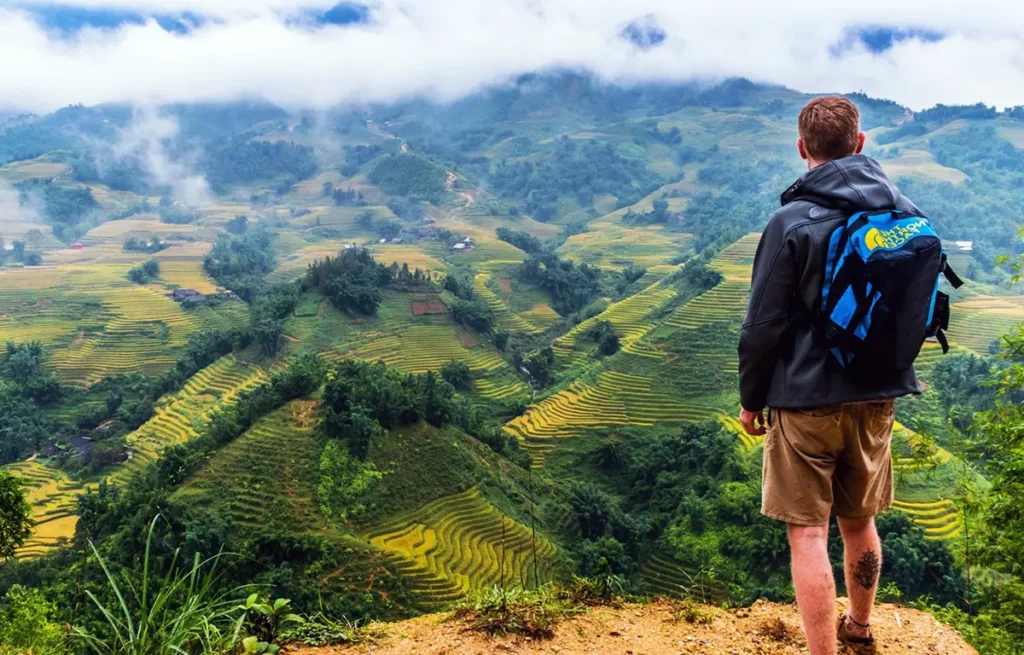
-
Easy walks: From Sapa town to Cat Cat Village or short routes in Muong Hoa Valley.
-
Moderate treks: Sapa – Lao Chai – Ta Van (6–10 km), ideal for those who want a half-day experience.
-
Multi-day trekking in Sapa: Explore Y Ty or Ban Ho with overnight stays in local homestays for an immersive experience.
Hiring a local guide is highly recommended – they know the best photo spots, safe trails, and can share stories about the local culture.
6. Sapa Homestay Experience – Sleep Among the Terraces
One of the best ways to fully enjoy Sapa’s terrace fields is by staying in a Sapa homestay. Waking up to mist rolling over golden fields, enjoying breakfast with fresh mountain air, and falling asleep to the sound of crickets is an unforgettable experience.
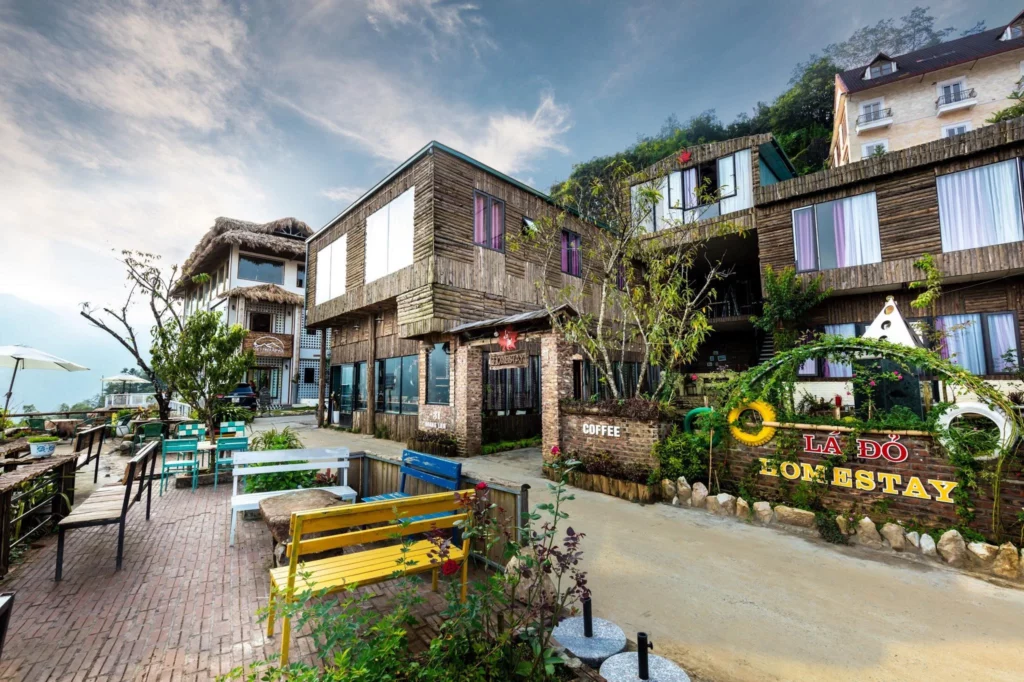
Some popular homestay villages include Ta Van, Lao Chai, and Ban Ho. Many homestays also offer cooking classes, traditional craft workshops, and guided treks.
7. Photography Tips for Sapa Terrace Fields
For those who love photography, here are some tips:
-
Golden hour: Early morning or late afternoon for soft, warm light.
-
Drone shots: Capture the full scale and patterns of the terraces.
-
Include locals: Farmers working in the fields add life and storytelling to your shots.
-
Weather watch: Mist can create magical scenes, but check forecasts to avoid heavy rain.
8. Sustainable Travel – Protecting the Golden Steps
While Sapa rice terraces are stunning, they are also fragile ecosystems. Respect local customs, don’t trample on crops, and support the community by buying local products or booking local guides.
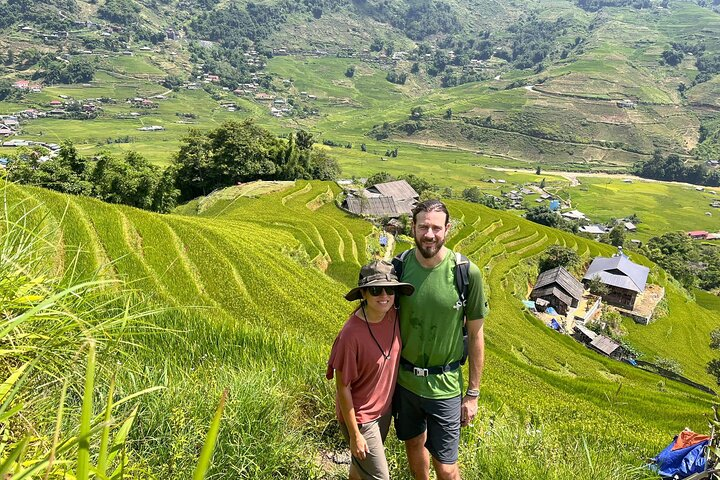
Responsible travel ensures that future generations can continue to enjoy and benefit from these unique landscapes.
9. Why Terrace Fields in Sapa Are a Must-See
From their breathtaking beauty to their deep cultural significance, Sapa’s terrace fields offer more than just a pretty view – they are a living story of resilience, tradition, and harmony with nature. Whether you come for trekking in Sapa, cultural experiences, or simply to breathe in the cool mountain air, the terraces will leave you with memories you’ll cherish forever.
3 Day Sapa Trekking Tour – Best Nature & Culture Experience from Hanoi




